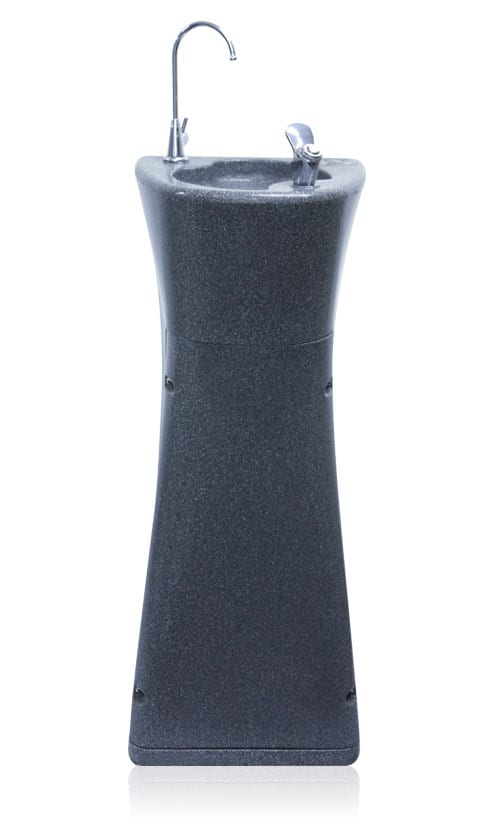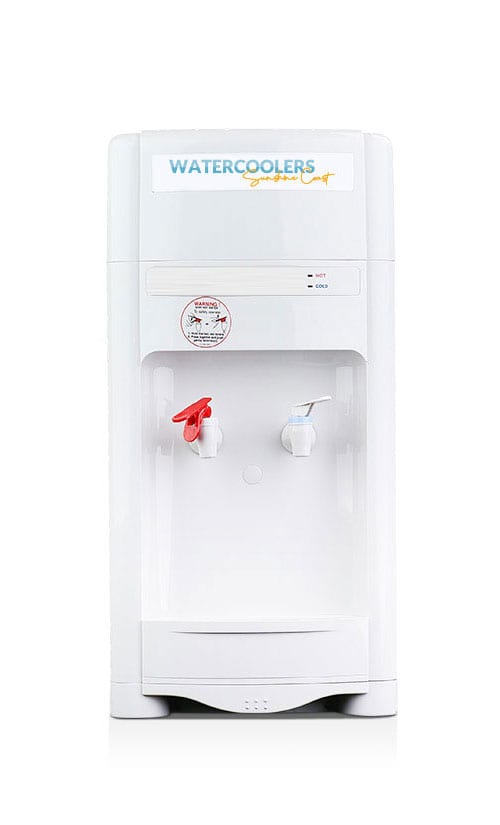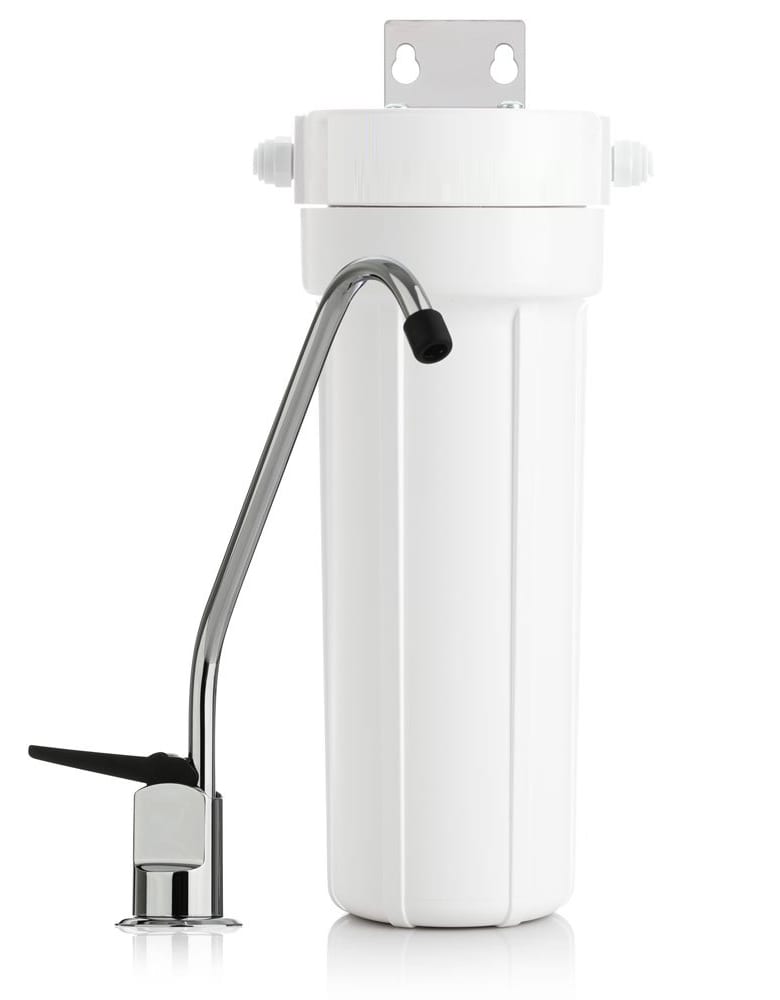From www.naturalsolutions1.com 
HISTORY
Carbon is the most adsorbent material known to man and has been used to purify air and water for thousands of years. In fact, the use of carbon dates so far back into history that its exact origin has been impossible to document. Historians do know that as far back as 1500 BC the ancient Egyptians were using carbon to adsorb odours from festering wounds and from within the intestinal tract or to purify their water and that carbon filters were used for ventilating vapours and gases from 17th century London sewers. However it was the 20th century that saw the development of specially ‘activated’ granular carbon. With the introduction of poisonous gases during WW I, the military developed large scale production methods for adsorbent carbons suitable for use in gas-masks, which has led to a post-war expansion in commercial production and applications of this amazingly versatile substance. 
WHAT IS ACTIVATED CARBON?
Many natural substances are used as the base material for producing carbon. The most common base materials used are wood, coal and coconut shell. These base materials are subjected to a process called carbonization. Carbonization is a heating process where by the base material is subjected to high temperature which drives out any volatiles. To activate the carbon it is subjected to a second heat and steam treatment. The activation of the carbon is what gives it it’s unique adsorption characteristics. The activation of the carbon creates carbon which is highly porous providing a large surface area of the carbon for adsorption.
Carbon that is ‘activated’ undergoes a process which opens up millions of tiny pores and fissures to enhance the material’s adsorbent properties. The process creates a very large internal surface area, which is key to the power of activated carbon – the more surface area – the more the carbon can adsorb. Interesting to note that only 1 lb of activated carbon has typically a surface area of 125 acres or 200 linear miles of fissures. Due to the large internal surface area of activated carbons it can actually adsorb up to 60% of its weight. Good carbon filters of 10 lbs. or more, depending on the environment in which they are used, can last anywhere from 2 up to 5 years before all of the pores are full. 
ARE ALL ACTIVATED CARBON FILTERS THE SAME?
NO! Activated carbon can be enhanced and impregnated and/or custom blended to be a more specialized adsorbent. For an example: Using standard Activated Carbon (such as used for common household odours) is NOT effective in a Beauty Salon where ammonia and formaldehyde fumes are. The Activated Carbon for a Beauty Salon would be enhanced for those specific pollutants found in a Beauty Salon. 
DOES IT MATTER HOW MUCH ACTIVATED CARBON THERE IS?
YES! Activated carbon adsorbs to its surface. When there is no more surface left to adsorb to the carbon it is depleted of it’s capability to be effective. Large amounts of carbon will last longer then small amounts because it has larger amounts of surface area for adsorption. Also, depending on amounts of pollutants being adsorbed, a small amount of carbon can be depleted within weeks making it useless. 
DOES ACTIVATED CARBON WORK THE SAME WAY IN WATER FILTERS?
YES! Carbon works the same way in water as in air, ADSORPTION! Carbon water filters main purpose is to reduce or eliminate bad tastes and odours. They can also eliminate or reduce chlorine, and many organic contaminants in municipal water supplies, resulting in improved drinking water.





